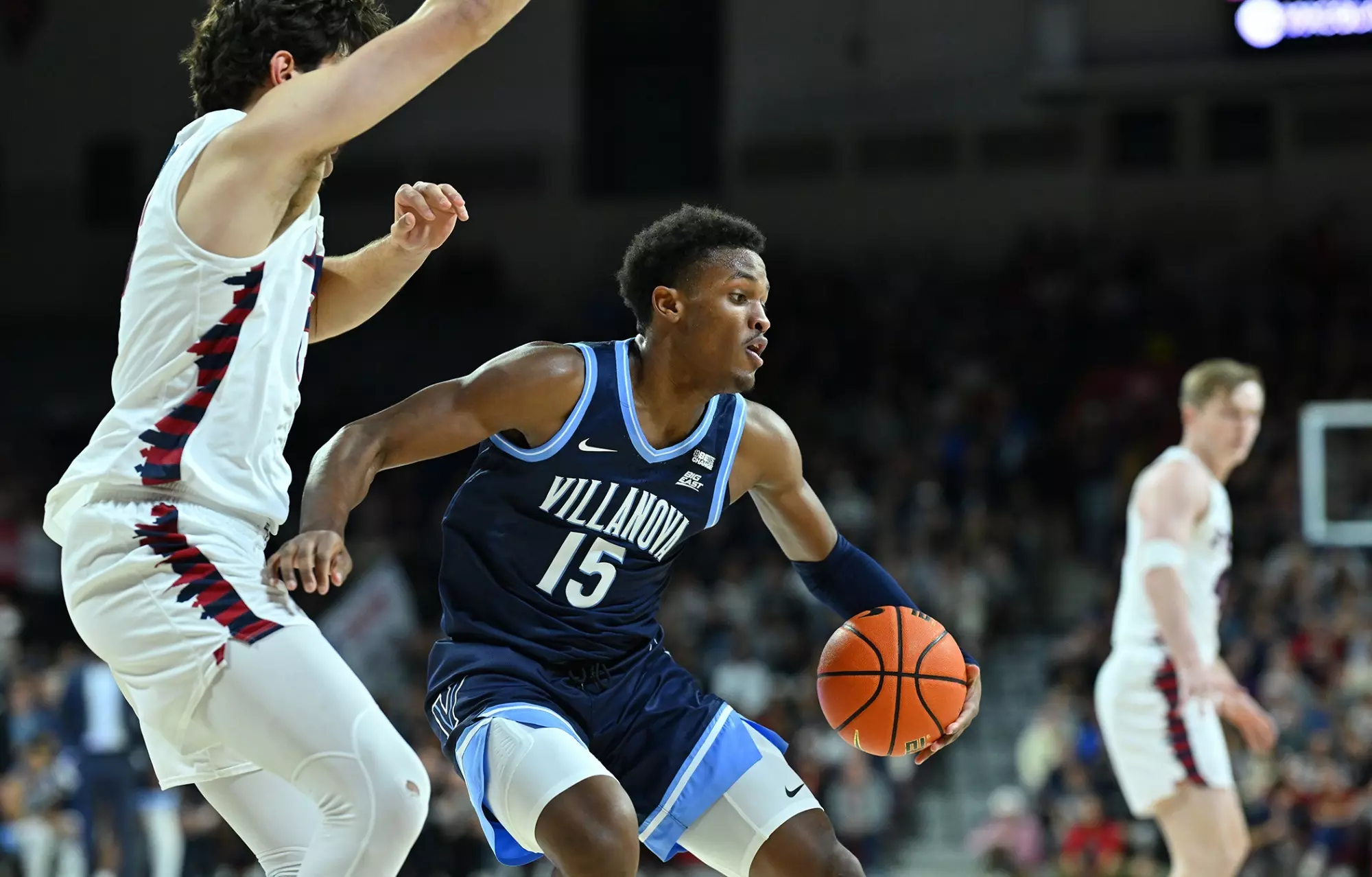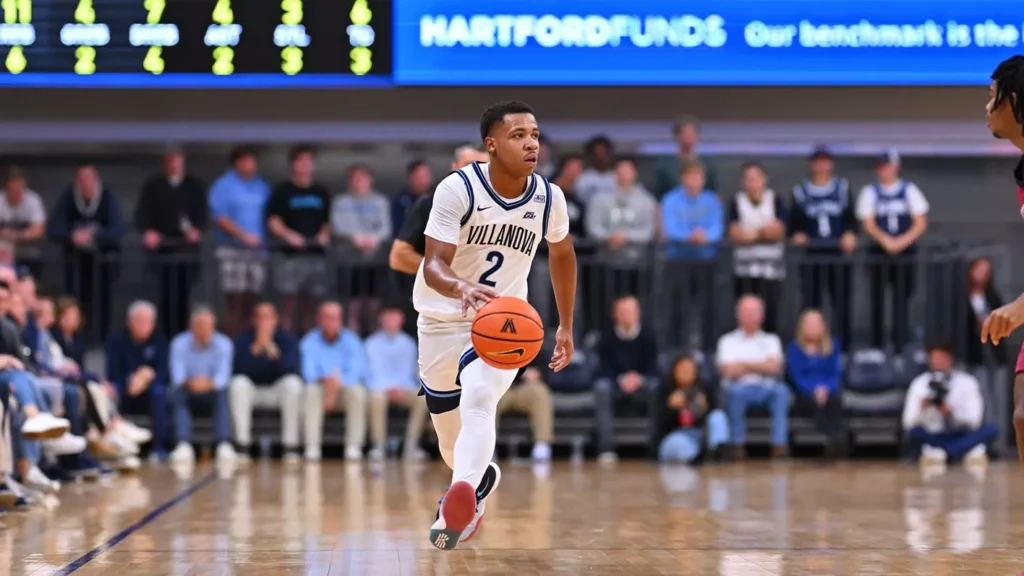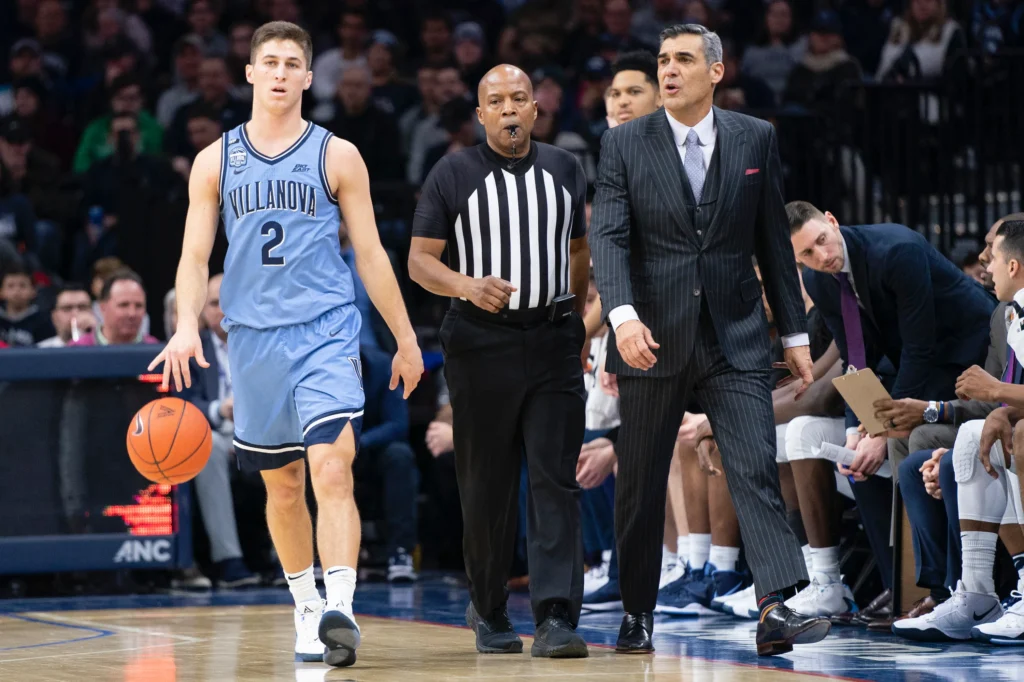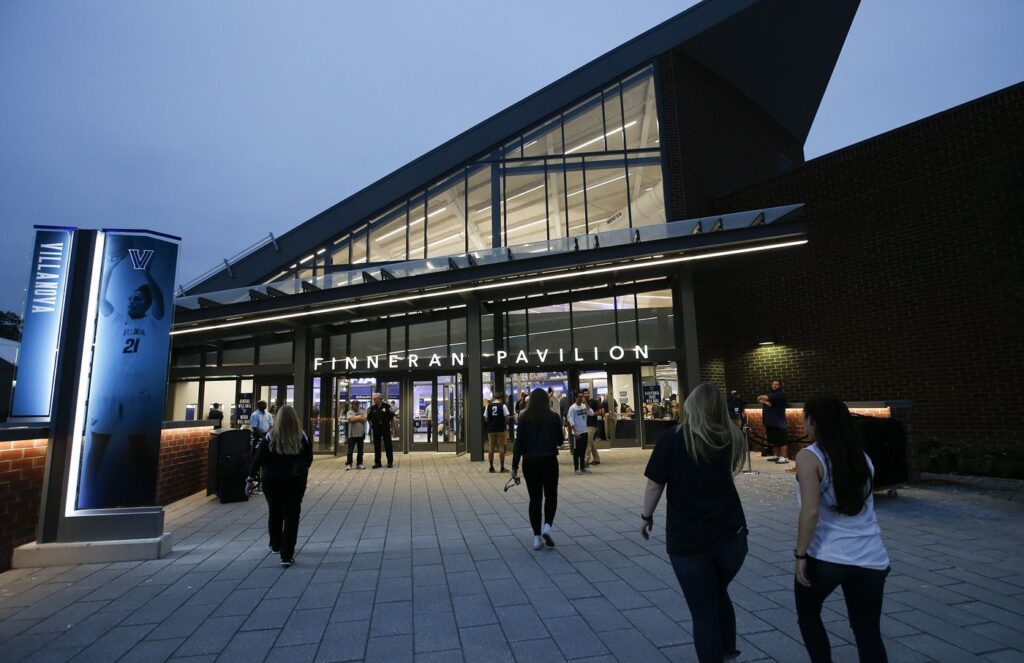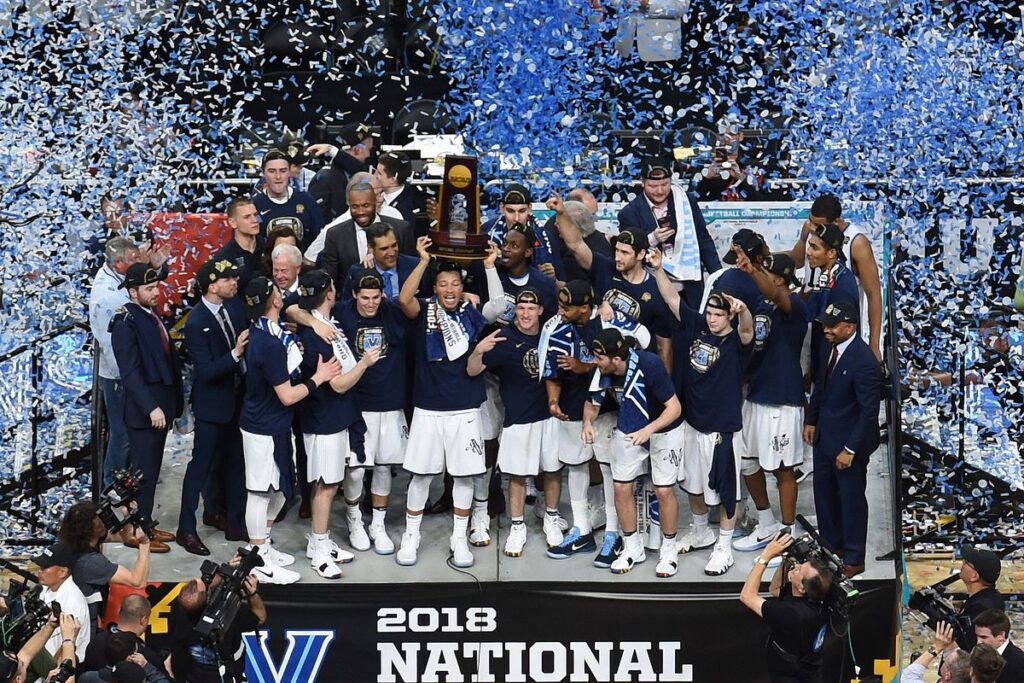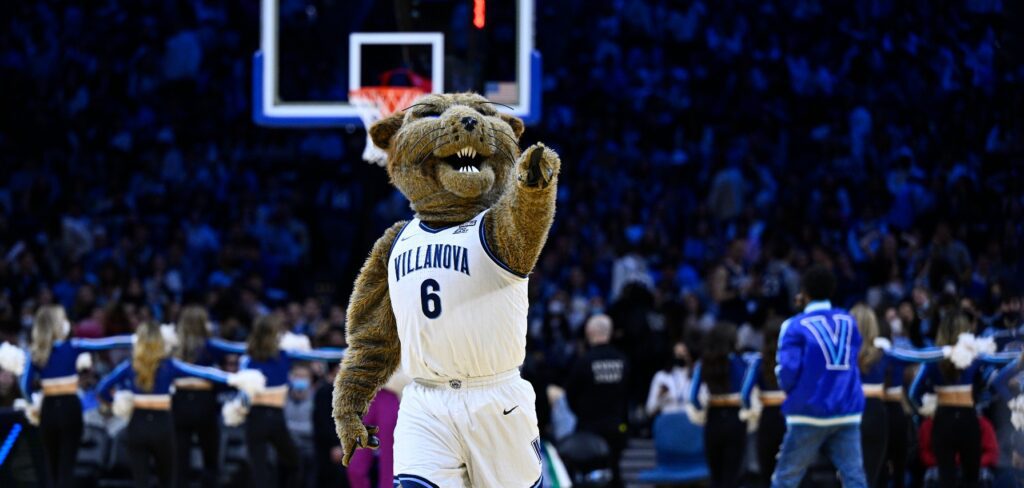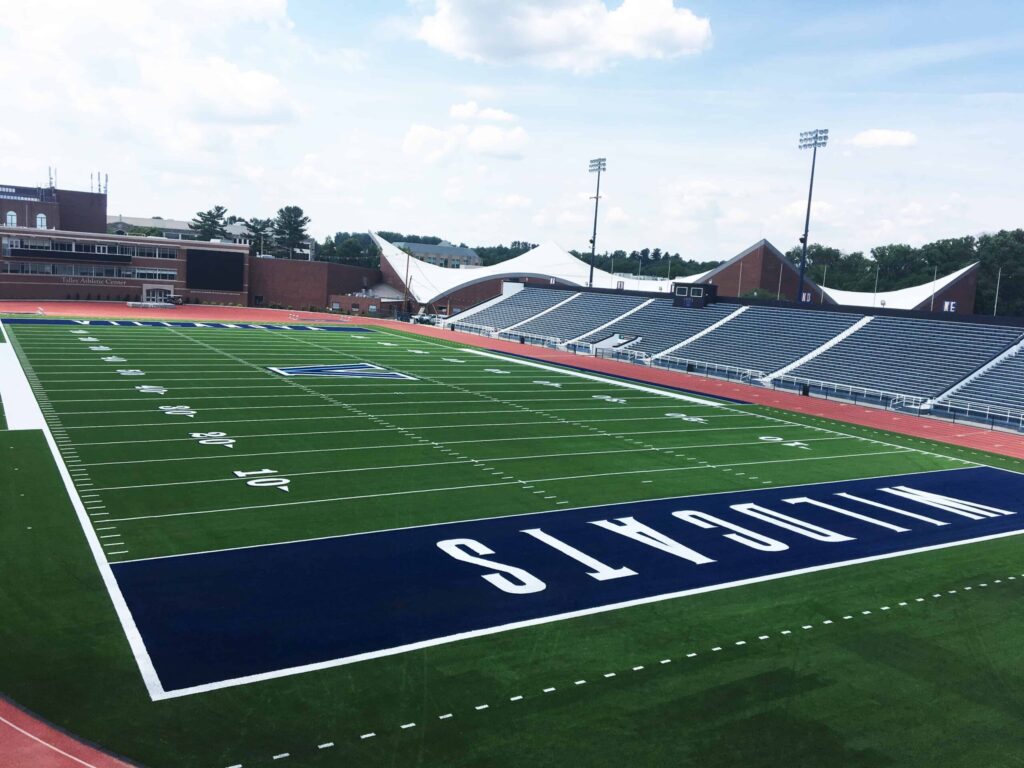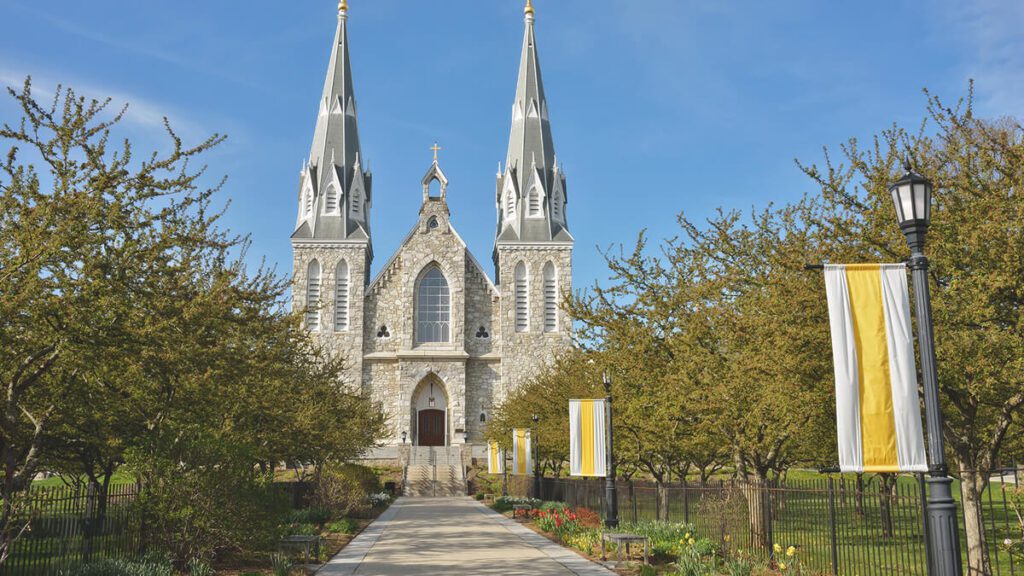Villanova basketball is more than just a college team—it’s a powerhouse that has cemented itself in the NCAA and in the hearts of fans nationwide. But beyond its impressive on-court legacy, Villanova basketball has also become an economic force, driving significant revenue for the university. Let’s explore the financial impact of the program and why Villanova basketball has become so profitable, diving into coaching salaries, stadium expenses, recruitment costs, and the legacy that fuels its strong financial base.
Villanova Basketball’s Revenue Streams
Villanova basketball generates revenue from several sources: ticket sales, merchandise, sponsorships, TV rights, and alumni donations. The NCAA tournament also adds substantial income, especially for teams with deep runs. Villanova’s recent success, including national championships in 2016 and 2018, elevated its status and financial power within the NCAA. Every deep tournament run not only garners national attention but also secures more lucrative sponsorship deals and increased donations from alumni and fans.
Each year, Villanova’s athletic program earns millions from ticket sales alone. With games held at the Finneran Pavilion, the on-campus arena with a capacity of around 6,500 seats, ticket sales play a crucial role. The premium seating, VIP experiences, and courtside options further drive revenue. In addition to ticket revenue, the school’s licensing and merchandise sales contribute significantly to its financial success. Fans purchase Villanova apparel and memorabilia nationwide, particularly following major wins.
Coach’s Salary: Jay Wright’s Legacy and Beyond
Villanova’s success on the court owes much to its exceptional coaching. Longtime head coach Jay Wright, who retired in 2022, was known not only for his sharp basketball mind but also for his ability to draw top-tier talent to the program. Wright reportedly earned around $6 million annually, making him one of the highest-paid college basketball coaches. His salary was justified by his consistent delivery of results and the value he brought to the program’s brand.
Wright’s successor, Kyle Neptune, may not yet command a salary of the same magnitude, but Villanova’s commitment to paying for top talent underscores the importance of coaching to the program’s revenue. The money Villanova spends on coaching staff is viewed as an investment, as a winning team drives more revenue and builds a strong reputation.
Cost of the Finneran Pavilion and Facility Upgrades
The Finneran Pavilion, where Villanova basketball plays most of its home games, underwent a significant renovation in recent years. The $65 million upgrade to the arena, completed in 2018, brought state-of-the-art amenities, increased fan comfort, and enhanced facilities for players and coaching staff. These upgrades not only improve the game-day experience for fans but also play a role in recruitment, showcasing Villanova’s commitment to high-quality facilities.
Maintaining and upgrading facilities comes at a steep cost, yet it’s a necessary expense for a competitive program like Villanova’s. The Finneran Pavilion is a crucial part of Villanova basketball’s brand, serving as both a moneymaker and a symbol of the school’s commitment to excellence. The investment in the arena reflects the understanding that top facilities attract top talent, both in players and coaches.
Recruitment and Prospecting Expenses
Recruiting top talent is vital to sustaining Villanova basketball’s success, but it doesn’t come cheap. Each year, the program allocates a considerable budget for scouting, travel, and recruitment events. Coaches travel across the country to attend high school games, evaluate prospects, and pitch Villanova’s program to potential recruits. The university also invests in recruitment staff, scouting tools, and on-campus events to woo top-tier players.
Villanova’s recruiting success, particularly under Jay Wright, allowed the program to build strong, cohesive teams that often exceed expectations. Recruitment spending has proven to be a smart investment, as a talented roster leads to more wins, higher tournament placements, and ultimately more revenue. In the competitive landscape of college basketball, Villanova’s investment in recruiting allows it to remain a top destination for elite talent.
Villanova’s Tournament and Divisional Success
Villanova basketball’s track record in the NCAA tournament has been impressive, particularly in recent years. With two national championships in 2016 and 2018, Villanova cemented itself as a premier program. Every NCAA appearance brings in additional revenue for the program, and deep tournament runs magnify this financial impact.
Tournament success also strengthens the program’s appeal to recruits, alumni, and fans, all of whom contribute to the program’s revenue in various ways. Villanova’s consistent performance in the Big East Conference further supports its financial model. The conference’s TV deals, merchandise sales, and sponsorships generate revenue that benefits all participating teams, including Villanova. Each time the Wildcats make it to the Big East tournament, they are playing not only for the glory but also for substantial financial gains.
Villanova Basketball’s Financial Impact on the University
The money generated by Villanova basketball supports more than just the basketball program. It funds other sports, academic programs, scholarships, and campus facilities. The basketball team’s revenue has an extensive reach across the university, benefiting countless students and projects. Success in basketball elevates Villanova’s national profile, making it an attractive choice for prospective students, increasing applications, and enhancing the university’s brand.
In addition, Villanova basketball creates a positive economic impact on the surrounding community. Game days bring a surge of activity to local businesses, from restaurants and bars to hotels. The program’s success attracts media attention, and each televised game brings visibility to Villanova University and its community, indirectly boosting local revenue.
Why Villanova Basketball is So Profitable
Villanova basketball’s profitability can be attributed to its successful combination of strong coaching, strategic investment in facilities and recruitment, and impressive performance in both conference and national tournaments. The program’s revenue streams are diverse, supported by ticket sales, merchandising, media rights, and alumni contributions.
Beyond just numbers, Villanova basketball has a well-established brand that appeals to fans and recruits alike. The university’s emphasis on maintaining a high-quality, competitive team translates to financial success. Each win, tournament appearance, and deep postseason run solidifies Villanova’s status as a financial powerhouse within college basketball.

